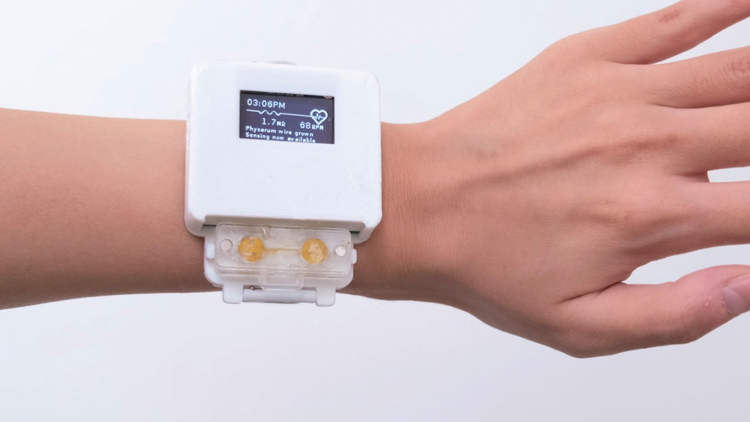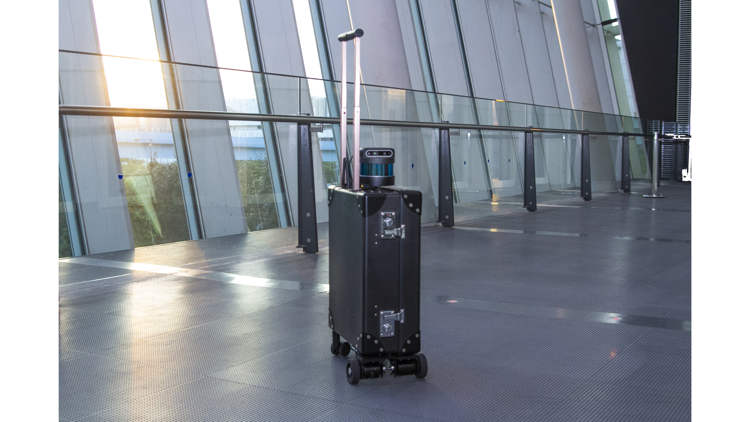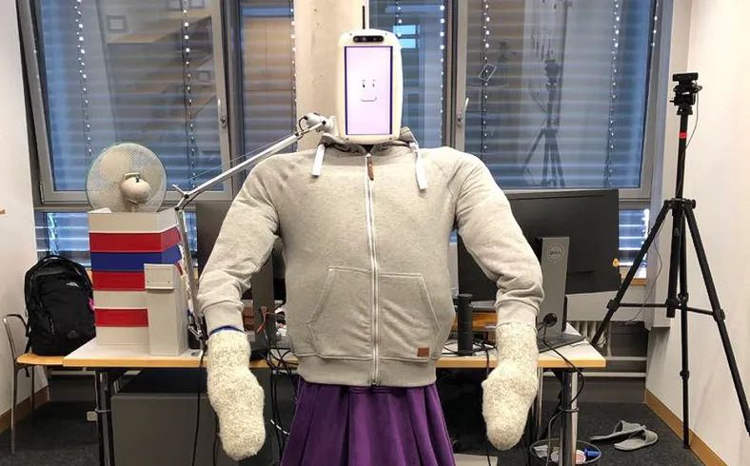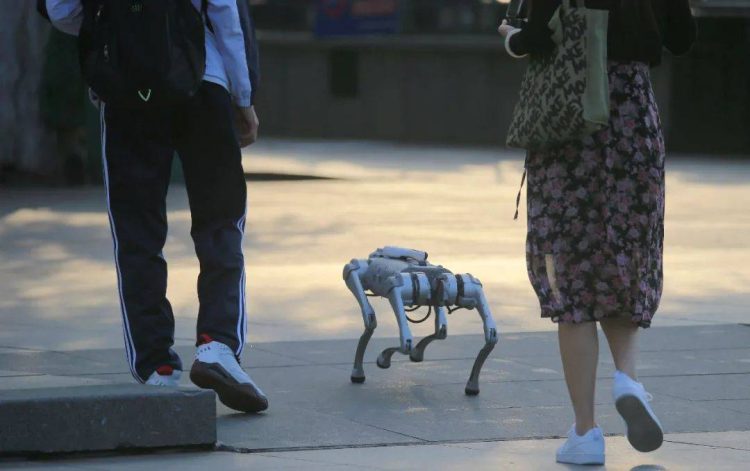Danish startup Autofuel has developed a robotic arm capable of refueling a variety of vehicles at gas stations without any kind of human assistance.
A Neste fuel station in Finland is currently the only place in the world where you can have your car refueled by a robot. It’s the pilot site chosen by Autofuel to test its futuristic refueling system – a robotic arm that can locate a car’s fuel tank door, select the right type of fuel, and operate the pump without any kind of human assistance. The third-generation Autofuel robotic arm has been in testing for over a year, and the Danish company is planning to start public testing later this year. Although it may be a while before refueling robots become mainstream, Autofuel believes they will become invaluable when truly autonomous vehicles finally hit the roads.





















